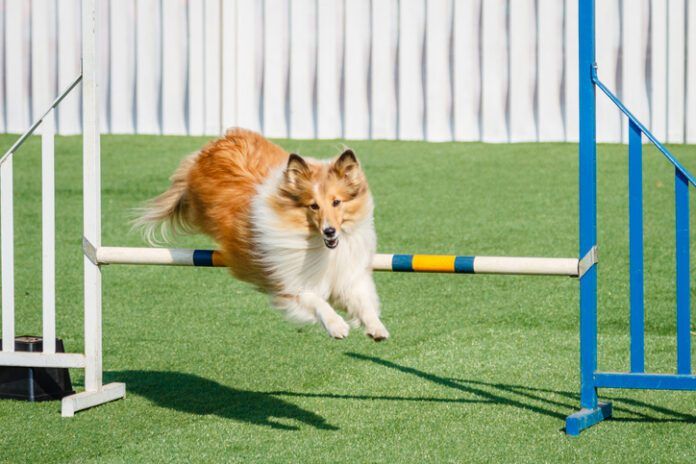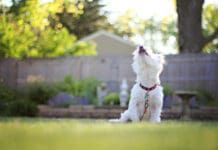Agility training involves teaching the individual at each end of the leash. The human must implement all the obstacle training taught in class, and learn handling skills such as when and how to use verbal and physical cues to direct her dog around the course. The canine must be taught how to perform each obstacle.
In addition, the dog must be taught to immediately respond to all those verbal and physical cues in a fast-moving, changing environment. No two courses are ever the same, so the handler must make decisions about handling based on the course in front of her. The dog must closely attend to the handler in order to detect cues that come one after the other.
If you have competed in other dog sports, the learning curve may not be as steep as it is for people who have never trained for a performance sport. That said, the agility world is filled with people who tried agility as their first dog sport and became hooked.
Before enrolling your dog in an agility class, you and your dog should be able to work in a distracting environment (both handler and dog have to be able to focus well!) and have mastered basic pet manners behaviors. These include sit, down, stay, come when called, and leash manners. The most challenging aspect of an agility class is keeping your dog focused on you and able to learn new skills in a group class environment. Dogs that are tremendously motivated by toys and food do the best. Additionally, depending upon your instructor, previous clicker training will be advantageous since that training technique is used more and more in this sport.
For additional information on whether agility training is right for you and your dog, purchase the Whole Dog Journal ebook Beginner’s Guide for Agility Training.






